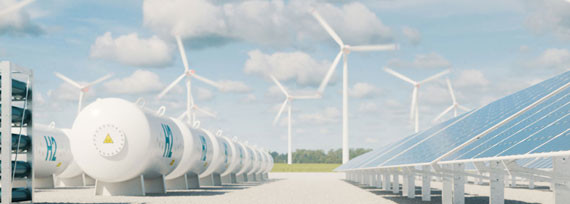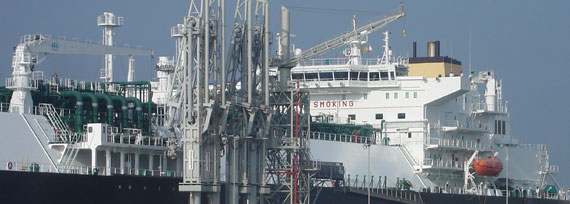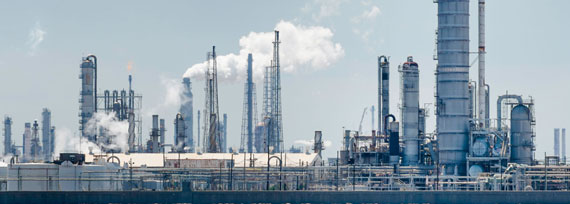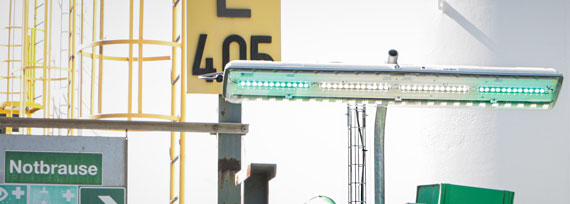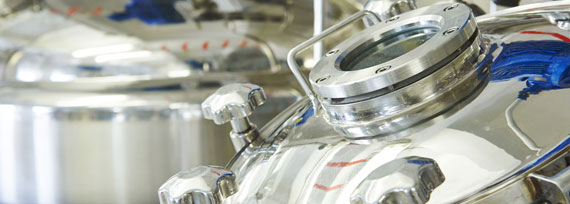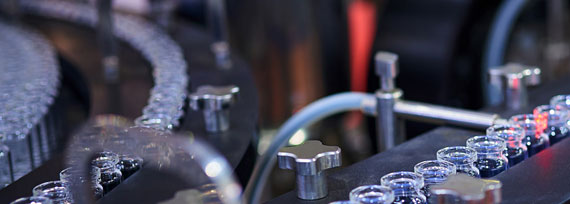Impressive new dimensions in design
R. STAHL engineered a custom, application-specific power distribution board for an offshore platform just off the coast of Brunei. This was no easy undertaking, as all the required technical specifications had to be fulfilled in a control system with very limited space. The customer also needed to be able to achieve high power outputs, which meant finding a solution to the problems caused by the resultant heat generated in the enclosures. A further customer requirement was to have a high nominal current of 800 A with a corresponding 1,000 A busbar.

Taking on challenges – and achieving new dimensions in design
R. STAHL drew on all its engineering resources, Ex expertise and experience to come up with an effective solution to the challenges the customer faced. This solution involved arranging two flameproof chamber enclosures one on top of the other and ten flameproof chamber enclosures in order to accommodate all the required outgoing lines. The design overcame not only the problems caused by the climatic conditions but also the issues caused by the heat generated in the enclosures due to the significant levels of power dissipation.
Power is supplied through via the centre of the control system. Instead of the 1,000 A busbar that the customer requested (which is not technically feasible), we used 2 x 630 A busbars. These busbars operate in tandem, providing the full functionality required by the customer. The busbars we used are also short-circuit proof, fulfilling another of the customer's requirements.
We used an 8264/5996 series Ex d enclosure to provide the protection required by the 800 A nominal current used to operate the power distribution board. The deep recess required for these enclosures allows thermally critical components (e.g. moulded case circuit breakers and soft starters) with significant power dissipation levels to be installed.
Due to the size of the power distribution board, which measures around 8 metres long and more than 3 metres high, and due to its considerable weight of almost 7 tons, the construction of the frame for the control system had to be separable to allow it to be handled during production and to allow it to be transported. When it was ready, one of
R. STAHL's service engineers carefully installed the control system on site.





